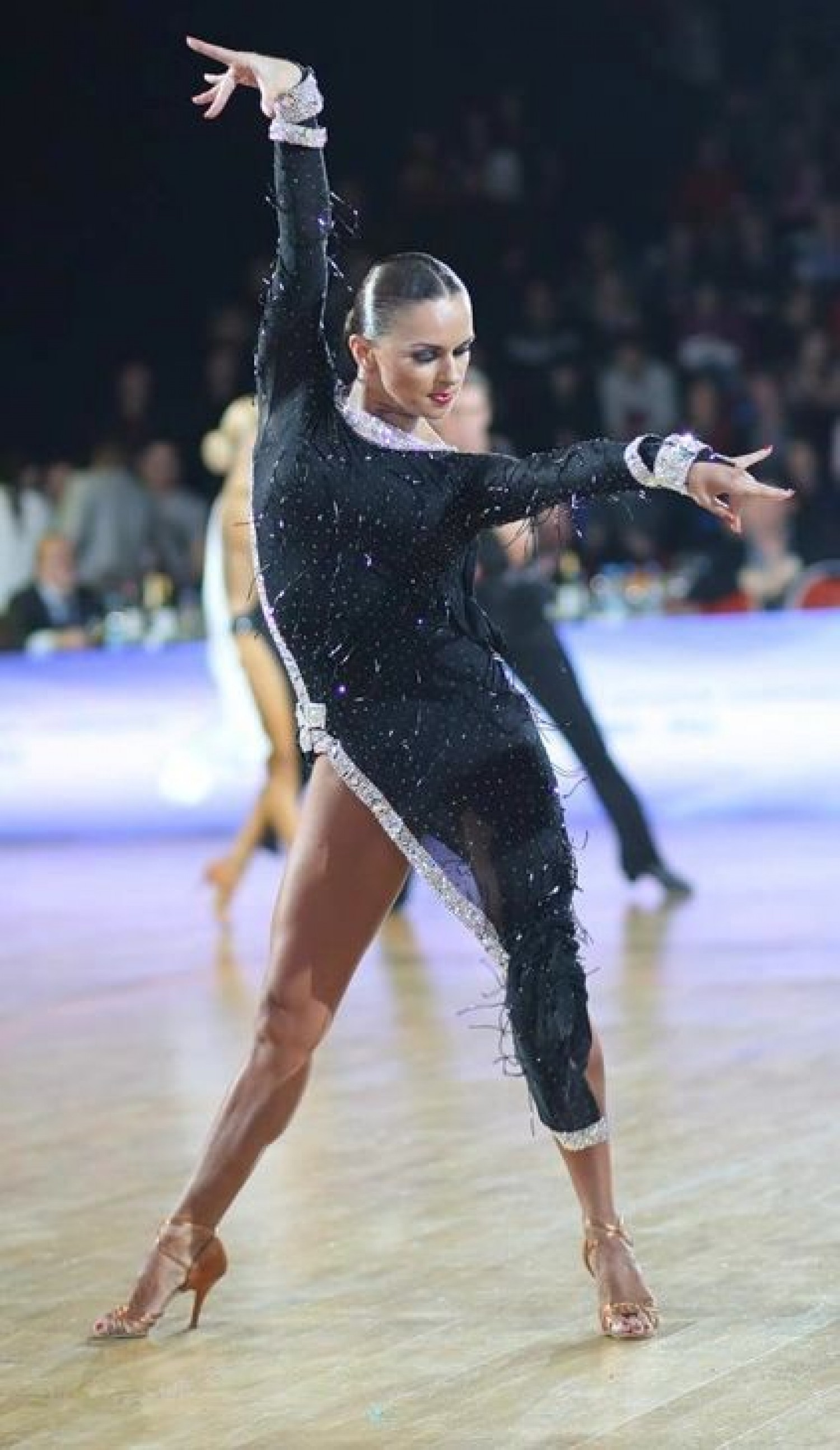The 4 Tiers of Ballroom Dancing: Styling

We’ve finally come to it: The most overlooked tier, and yet one of the most important: styling. People often stop at tier 3, because once their dance is “functional”, everything else can start to feel unnecessary. They might say “only pro dancers need to learn this”. And later, they wonder why dancing isn’t as enjoyable as it used to be.
What is “style” anyway? It’s more than just flicking your arms or rolling your hips; it’s the overall body movement that we use to express the dance, our interaction with our partner, and our personal creativity. In other words, it’s the “good stuff” the previous tiers have been preparing you for.
When someone says “I want to capture the look of a dancer”, they’re talking about styling. Want the steps to not just look good, but feel good? Styling. Wish you knew the secrets to standing out from the crowd and scoring more dances? Yup, you guessed it.
Before we dive in however, memorize these two commandments:
- Thou shalt respect the personal space of others.Don’t be the dancer who obliviously smacks others in the face or butt. Keep a buffer between your styling and other couples around you.
- Thou shalt give priority to the previous tiers.Remember that footwork, timing, and connection all need to be there before any styling can happen. Great styling and terrible footwork is like fresh paint over rotten walls: you aren’t fooling anyone.
Styling is every bit as versatile as there are people on the planet, so how do we develop our own? Start by observing other pros whose style you like. Watch YouTube videos of your favourite dancers and try imitating them to see what feels good. No, it doesn’t have to be technically perfect right now – you’re just trying them on for size.
Next, save the links of the styling you liked the most (I usually write down the timestamp as well). What kinds of things are you looking for? Things like this:
- Steps done at half speed, or double speed at a particular time in the music.
- Changes in the “size” of the movement – bigger moves will look more open and expressive, while smaller movements can look contained and intricate.
- Simple movements vs stylized movements. This is up to your own interpretation: an arm sweep up might look simple, while a funky hip roll may be stylish
- Sharp vs soft movements – Some moves arrive at their end point quickly and stop sharply (read: Tango). Others might be more fluid and continuous, like many rumba and waltz movements. There might even be a combination of the two.
- Emotion are a key part of styling too. Look at the facial expressions of high-level dancers. Are they conveying happiness? Sorrow? Ecstasy? Does how they dance match what their faces are saying?
Finally, ask your instructor to teach you the technical aspect of the moves. Film yourself dancing with the movement, so you’re sure it looks right.
As you get more experienced, you’ll learn when you can bend the rules a little bit in favour of your own personal style. Because the only thing better than learning a dance, is learning a dance that crafted by and for you.
About the Author
Ian Crewe has been dancing ballroom for over 18 years, and has a Licentiate in American smooth and rhythm. His passion for dance eventually led him to blogging and the World Wide Web. Ian currently teaches at the Joy of Dance Centre, Toronto, ON, Canada.

